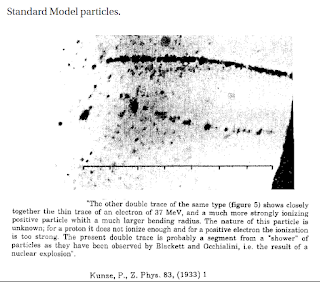The wired, fiber optic drones are new terrifying tools for the drone world. Those drones are impossible to jam, using standard jammer systems. There are, of course, plans to use things like laser rays to cut those drones' control wires. The other thing is that there is a possibility to use extremely high-power EMP weapons against those drones. The difference between a jammer and EMP is that the last one destroys the target's electronics. Actually, that tool is not new at all.
"In the early 2000’s, US military research agency DARPA developed an idea for a loitering munition controlled by fiber-optic cable under the Close Combat Lethal Recon program, but it was never fielded". Those DARPA studies were so-called theoretical research. Russian and Ukrainian military forces turned that thing into reality.
The other way could be to use other drones to follow vehicles that travel on the terrain. The drone can try to use AI-based systems that combine image and sound detection which gives a warning to the military group that the wired drone is coming. And then they can aim things like a shotgun at those drones.
The other way is to use laser systems that are based on technology that uses lasers to terminate 30 mosquitoes in a second. Those systems require new and more powerful lasers than mosquitoes require. The problems with shotguns and machine-shotguns which are machine guns that use shotgun ammunition are that those systems require physical ammunition. The problem is that there can be thousands of drones. Laser or microwave systems can destroy electronics in those drones.
And that is one of the things that can protect the defender. The fact is that there is not very much to do against those small and deadly systems. The advancements of drones are very fast. Those systems can operate in many ways. The operator who uses the fiber-optic drone can use wired remote control that allows those operators to stay away from the control unit that sends control signals to the drone. The laser communication systems can also transmit data to the control unit. If that data line is protected by some wall that system is impossible to detect.
Optical fiber and straight laser communication are hard to jam. The operative distance for those drones is about 50 km. And the thing is that there are many types of variants for those systems. The drone control unit can be in a forest and the system operator can operate the system from a distance using radio-data transmission to a radio. Then that radio can be connected to those control units using electric or optical fibers. The control can happen through the internet.
The problem with those drones is that they cannot operate over long distances behind the combat areas. The drone strike between trains can happen simply by flying them into another train. And when operators see a target they launch drone swarms against that. The fiber-optic drones require the local operators or some other way to send signals to the drones.
And the advancement of electronics means that sooner or later the smallest possible drones can use independent target recognition and attack. When that kind of drone gets its mission it will search and attack independently. The lasers and coherent radio waves are things that are also very hard to detect. Those systems can make things like jet fighters cooperate with drone swarms.
https://en.wikipedia.org/wiki/Fiber_optic_drone






















